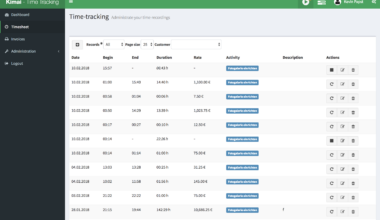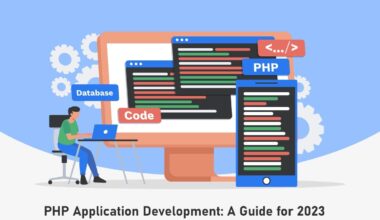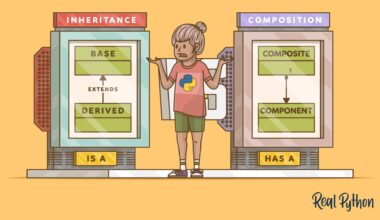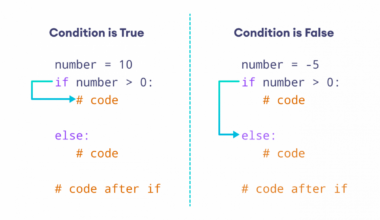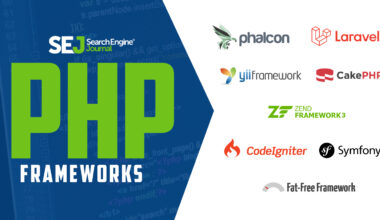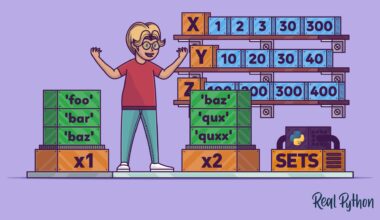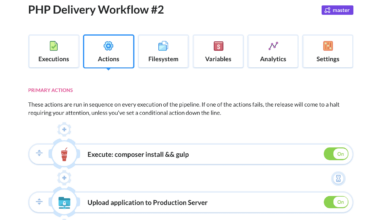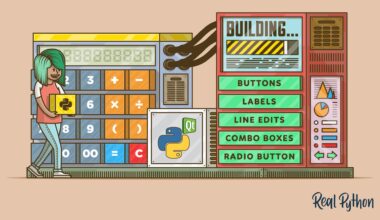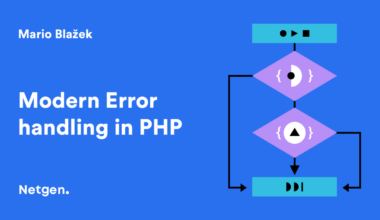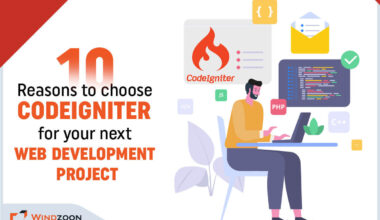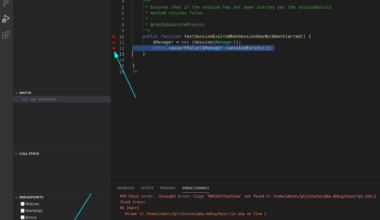Introduction to Exception Handling in PHP
As a PHP developer, you are bound to encounter errors in your code. These errors can be caused by a variety of factors such as invalid user input, database connectivity issues, or even coding mistakes. When these errors occur during runtime, they can cause your application to crash or produce unexpected results. This is where exception handling comes in.
In PHP, exceptions are a way to handle runtime errors in a structured and controlled manner. When an error occurs, an exception is thrown, which in turn triggers a search for a corresponding exception handler. If a handler is found, it will execute a specific set of instructions to deal with the error and maintain the stability of the application.
Exception handling in PHP is a powerful tool that can help you identify and resolve issues in your code more efficiently. By using exceptions, you can avoid application crashes and improve the overall user experience.
In the next sections, we’ll explore the different types of exceptions in PHP, how to handle them, best practices for exception handling, and final thoughts on the topic. So, buckle up and let’s dive in!
Types of Exceptions in PHP
In PHP, there are two types of exceptions: built-in exceptions and user-defined exceptions.
Built-in Exceptions:
PHP provides a set of built-in exceptions that can be used to handle common types of errors. These exceptions are defined in the core PHP library and can be accessed using the
throw
statement. Some of the most common built-in exceptions in PHP are:
-
Exception
: The base class for all exceptions in PHP -
RuntimeException
: A generic exception that can be thrown by any PHP function or method -
InvalidArgumentException
: An exception that is thrown when an argument passed to a function or method is invalid -
PDOException
: An exception that is thrown when a database connection error occurs
User-defined Exceptions:
In addition to the built-in exceptions, PHP also allows developers to define their own exceptions. User-defined exceptions can be used to handle custom errors specific to your application. To define a user-defined exception in PHP, you need to create a new class that extends the base
Exception
class. Here’s an example:
class CustomException extends Exception {
public function __construct($message, $code = 0, Exception $previous = null) {
// custom code
parent::__construct($message, $code, $previous);
}
}
In this example, we’ve defined a new exception called
CustomException
that extends the base
Exception
class. We’ve also overridden the constructor method to add custom code.
By using both built-in and user-defined exceptions, you can create a more robust error handling system for your PHP application. In the next section, we’ll explore how to handle exceptions in PHP.
How to Handle Exceptions in PHP
Handling exceptions in PHP involves using a combination of the
try
and
catch
statements. The
try
block contains the code that might throw an exception, while the
catch
block contains the code that will handle the exception.
Here’s an example of how to handle exceptions in PHP:
try {
// code that might throw an exception
} catch (Exception $e) {
// code to handle the exception
}
In this example, we’ve used the
try
statement to wrap the code that might throw an exception. If an exception is thrown, the
catch
block will execute and handle the exception. The
Exception
class is used to catch all types of exceptions. However, you can also use specific exception classes to catch only certain types of exceptions.
Here’s an example of how to catch a specific type of exception:
try {
// code that might throw an exception
} catch (InvalidArgumentException $e) {
// code to handle the InvalidArgumentException exception
} catch (PDOException $e) {
// code to handle the PDOException exception
}
In this example, we’ve used two
catch
statements to handle two different types of exceptions. The first
catch
block will handle any
InvalidArgumentException
exceptions, while the second
catch
block will handle any
PDOException
exceptions.
When handling exceptions in PHP, it’s important to provide informative error messages to the user. This can help them understand what went wrong and how to fix the issue. You can use the
getMessage()
method to retrieve the error message associated with the exception.
Here’s an example of how to retrieve and display the error message:
try {
// code that might throw an exception
} catch (Exception $e) {
echo "Error: " . $e->getMessage();
}
In this example, we’ve used the
getMessage()
method to retrieve the error message associated with the exception
Best Practices for Exception Handling in PHP
Exception handling is an essential part of writing robust and reliable PHP applications. Here are some best practices to keep in mind when working with exceptions:
1. Use Specific Exception Classes:
When possible, use specific exception classes to catch only the types of exceptions that you expect to be thrown. This will make your code more maintainable and easier to debug.
2. Limit the Scope of the Try Block:
Try to limit the scope of the
try
block to only the code that might throw an exception. This will make your code more readable and easier to understand.
3. Provide Informative Error Messages:
When an exception is thrown, make sure to provide informative error messages that can help the user understand what went wrong and how to fix the issue. Avoid generic error messages that do not provide any useful information.
4. Log Exceptions:
Logging exceptions can help you identify and resolve issues in your code more efficiently. When an exception is caught, log the error message along with any relevant information such as the line number, file name, and stack trace.
5. Use Finally Blocks:
Finally blocks are used to execute code that should always be run, regardless of whether an exception is thrown or not. This can be useful for cleaning up resources such as database connections or file handles.
6. Test Exception Handling Code:
It’s important to test your exception handling code to ensure that it behaves as expected. Write unit tests that cover all possible exceptions that your code might throw.
7. Use Exception Handling Frameworks:
There are many PHP frameworks that provide built-in exception handling functionality. Using a framework can save you time and effort while ensuring that your code follows best practices.
By following these best practices, you can create more reliable and maintainable PHP applications that provide a better user experience.
Final Thoughts on Exception Handling in PHP
Exception handling is an essential part of writing robust and reliable PHP applications. By using exceptions, you can handle runtime errors in a structured and controlled manner, avoiding application crashes and improving the overall user experience. Remember to use specific exception classes, limit the scope of try blocks, provide informative error messages, log exceptions, use finally blocks, test your exception handling code, and consider using exception handling frameworks. By following these best practices, you can create more
Final Thoughts on Exception Handling in PHP
In conclusion, exception handling is an important aspect of PHP development that can help you create more robust and reliable applications. By using exceptions, you can handle runtime errors in a controlled manner, avoiding application crashes and improving the overall user experience.
When working with exceptions in PHP, it’s important to follow best practices such as using specific exception classes, limiting the scope of the try block, providing informative error messages, logging exceptions, using finally blocks, testing your exception handling code, and considering using exception handling frameworks.
Using the right exception handling techniques can help you identify and resolve issues in your code more efficiently. It can also improve the overall quality of your PHP applications, making them more reliable and user-friendly.
In addition to following best practices, it’s important to stay up-to-date with the latest PHP developments and trends. This can help you learn new techniques and tools that can further improve your exception handling skills.
With the right approach and mindset, you can become a skilled PHP developer who is capable of handling any runtime errors that may arise. So, keep learning, practicing, and experimenting with different exception handling techniques to become a better PHP developer.











